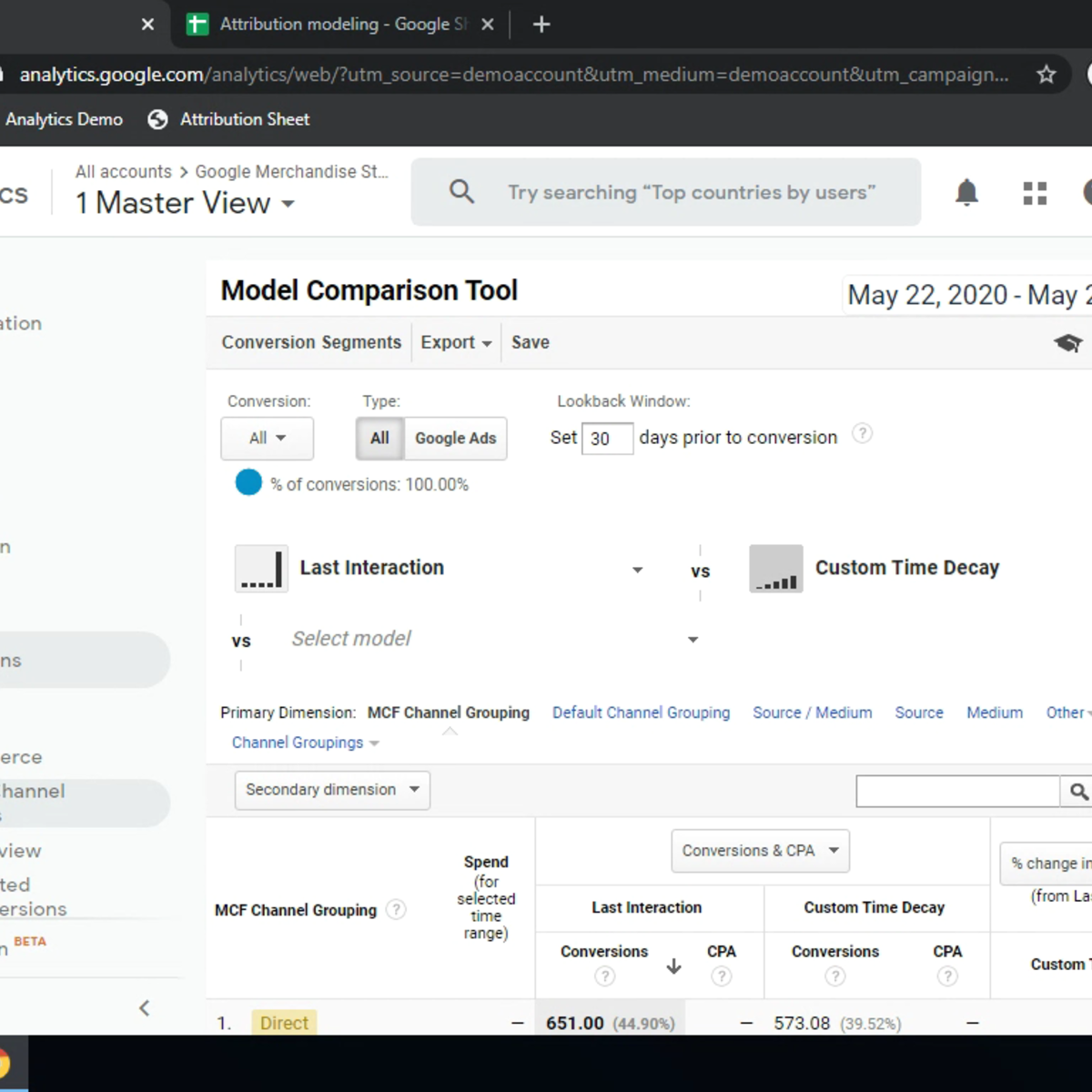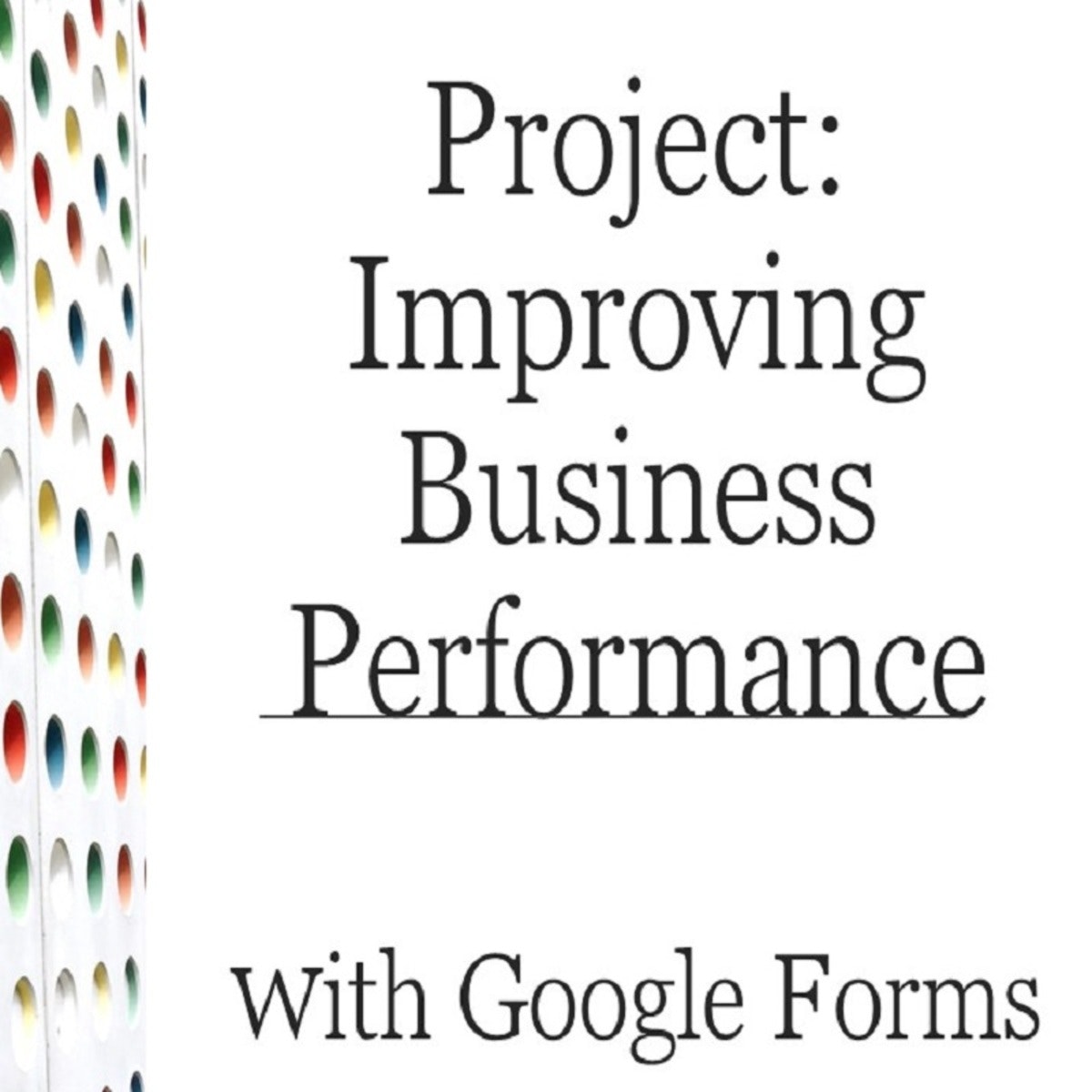Back to Courses









Business Courses - Page 86
Showing results 851-860 of 2058

Salesforce Capstone: Organization Integration
In Salesforce Capstone: Organization Integration, the final course of the Salesforce Fundamentals Specialization, learners will complete the Business Administration Specialist Superbadge as their main project. This project asks learners to combine all the skills and knowledge areas that they have collected from the previous three courses. Skill areas to be demonstrated include cleaning and importing account data, adding users and managing access, building email templates for new marketing needs, configuring UI tools for a new product type, generating reports and dashboards, managing and applying Chatter tools, and participating in the deployment of Salesforce within an organization. In addition to the project, the course includes a peer discussion opportunity, a demonstration video, and a peer review assignment. Completion of the Salesforce Fundamentals specialization and the Business Administration Specialist Superbadge prepares learners to take the Salesforce Administrator exam.

Six Sigma Tools for Define and Measure
This course is for you if you are looking to learn more about Six Sigma or refresh your knowledge of the basic components of Six Sigma and Lean. Six Sigma skills are widely sought by employers both nationally and internationally. These skills have been proven to help improve business processes and performance. This course will cover the Define phase and introduce you to the Measure phase of the DMAIC (Define, Measure, Analyze, Improve, and Control) process. You will learn about Six Sigma project development and implementation, you will become familiar with project management tools, you will be introduced to statistics and understand its significance to Six Sigma, and finally you will learn about data collection and its importance to an organization.
Every module will include readings, videos, and a quiz to help make sure you understand the material and concepts that are studied. You will also have the opportunity to participate in peer review exercises to give you the opportunity to apply the material to your daily life.
Our applied curriculum is built around the latest handbook The Certified Six Sigma Handbook (2nd edition) and students will develop /learn the fundamentals of Six Sigma. Registration includes online access to course content, projects, and resources but does not include the companion text The Certified Six Sigma Handbook (2nd edition). The companion text is not required to complete the assignments. However, the text is a recognized handbook used by professionals in the field. Also, it is a highly recommended text for those wishing to move forward in Six Sigma and eventually gain certification from professional agencies such as American Society for Quality (ASQ).

Content Strategy for Professionals: Ensuring Your Content's Impact
In the fourth course of the Content Strategy Specialization - Ensuring Your Content's Impact - you will look at visual communication and the ways you can be more effective with your font choices, photography, and video. You'll also dive deeper into social communities to help you understand how these communities form and what you can do to build your role within them. The last module is pivotal for Content Strategists. It will help you to understand how best to measure your content to maximize its effectiveness relative to the time you commit to it.
While this MOOC does share the theoretical elements of Content Strategy, there is a much greater emphasis on its application. Creating trend-worthy headlines and blogs, social media plans, digital measurement templates, video and photography content are all skills you will have in your toolkit by the end of the MOOC, ready to apply at your organization. And speaking of toolkits, we have included one that you can download and take back to work which includes the practical tips from the learnings in this course as well as the previous one on Expanding Your Content's Reach.
Guest lecturers in this course include:
-- Zach Wise, Associate Professor, Medill Northwestern
-- Rich Gordon, Professor & Director of Digital Innovation, Medill, Northwestern
-- Randy Hlavac, Lecturer, Medill, Northwestern (and lead professor of the Social Media Marketing Specialization also on Coursera)

Compensation, Expenses and Quotas
This course is the third part of the Sales Operations/Management Specialization. In it, we will discuss some of the financial aspects involved in managing a sales force. Students will learn about the options available for sales force compensation, the different types plans you can use to manage your sales expenses, and how you can use quotas to help your salespeople achieve goals.

Negotiation Strategies and Styles
The dilemma of the negotiator is a phenomenon that is derived from the tension that arises when, in the light of a specific situation, the optimum negotiation strategy must be discerned. The term was made popular by Professors David Lax and James Sebenius, of the Harvard Business School, to exemplify the dilemma between cooperating and competing in a negotiation.
In this course, we first analyze the structure of the Dual Matrix that brings forth the five negotiation strategies, identifying the strengths and weaknesses of each, and the situations in which they work out best.
We study the behaviours that lead to each strategy in order to reflect about our negotiation profile, which has historically driven us to use a preferential strategy, but which is not necessarily yielding the results expected.
The participant will develop competences for strategic decision making, which will enable him to achieve the greatest benefit from a negotiation, in terms of creation of value and satisfaction between the parties involved.

Usability Testing with Hotjar
Do you know if your website is being used effectively? Are users taking the actions that you intend on your site? Usability testing is an iterative process to help you develop the best product. Usability testing can help you along the way as your product is developed to determine issues and to find solutions for those problems. In this project, you will be using Hotjar to set up a usability test and plan, you will be able to track your customer actions, and evaluate the effectiveness of your product or site.
Healthcare Consumerism and Implication for Care Delivery
In this course we will examine the changing role of the consumer in healthcare. Consumers are asking for more accountability in how healthcare is delivered and paid for. Healthcare professionals must make sure that they are delivering high quality, personalized care.
Some of the topics we'll cover are: the healthcare ecosystem, new technologies in healthcare, the development of new payment models, change management in healthcare, data analytics.
By the end of this course, you will be able to:
1. Explain the new role of consumers in healthcare delivery in order to respond to the demands in this changing industry
2. Identify the key players in the healthcare ecosystem
3. Describe how the healthcare system operates and its impact on consumer-driven healthcare.
4. Articulate the challenges facing consumers and providers in order to find potential solutions for these challenges.

Leading Diverse Teams
This course addresses the leadership skills and competencies that are requisite for leading across cultures in a global business environment. Participants will learn from frameworks, principles, and practices regarding how to leverage their cross-cultural business experiences for greater influence and effectiveness across cultural contexts (teams, organizations, regions, countries, etc.). Participants will develop working knowledge of the Cultural Intelligence (CQ) framework, including the four CQ capabilities (CQ Drive, CQ Knowledge, CQ Strategy, & CQ Action) and their practical applications for the workplace and for global leaders. This course is designed to develop participants’ recognition and understanding of the biases and implicit assumptions about other cultures that often erode value for organizations in global business environments and undermine leadership effectiveness in such contexts. Participants will learn how implicit bias plays a key role in organizations and many decision-making processes driven by global leaders, and how the development of CQ capabilities is critical for limiting implicit bias and its negative impact across global organizations. This course will also address the strategies, practices, and policies for how employees, leaders, teams, and organizations can minimize the negative outcomes of implicit bias. As part of the course, participants will learn how to create an action plan for developing the CQ capabilities that are most critical for their organizations, teams, and personal leadership development goals.

Custom Attribution Modeling with Google Analytics
In this 1-hour long project-based course, you will learn how to build and share a custom attribution model in Google Analytics, understand attribution modeling, export and import data for elaboration outside of Analytics platform.
Note: This course works best for learners who are based in the North America region. We’re currently working on providing the same experience in other regions.

Improve Business Performance with Google Forms
By the end of this project, you will create and execute a customer satisfaction survey using Google Forms, and then analyze the form responses. Creating your survey will depend on what your company wants to analyze. Are customers satisfied with the products offered? Or, are customers satisfied with the services offered? You have the option of deciding the specifics of the survey based on your company’s needs. In this course, you will create a survey to determine if customers are satisfied with the services of an appliance repair company. Once you have created and collected your survey responses, you will analyze the results using graphs provided by the Google form. Graphs are a great visual tool that allows you to quickly see different trends occurring within your business, instead of having to shuffle through pages of a report. In this project, your graph will visually show you customer satisfaction ratings. Creating a survey gives you the ability to review customer feedback, and allows you to more accurately adjust your business practices to fit the needs of your customers. Doing so will help your company improve products and/or services for increased customer satisfaction, and in the long run, increase your business’s bottom line.
Note: This course works best for learners who are based in the North America region. We’re currently working on providing the same experience in other regions.
Popular Internships and Jobs by Categories
Browse
© 2024 BoostGrad | All rights reserved


